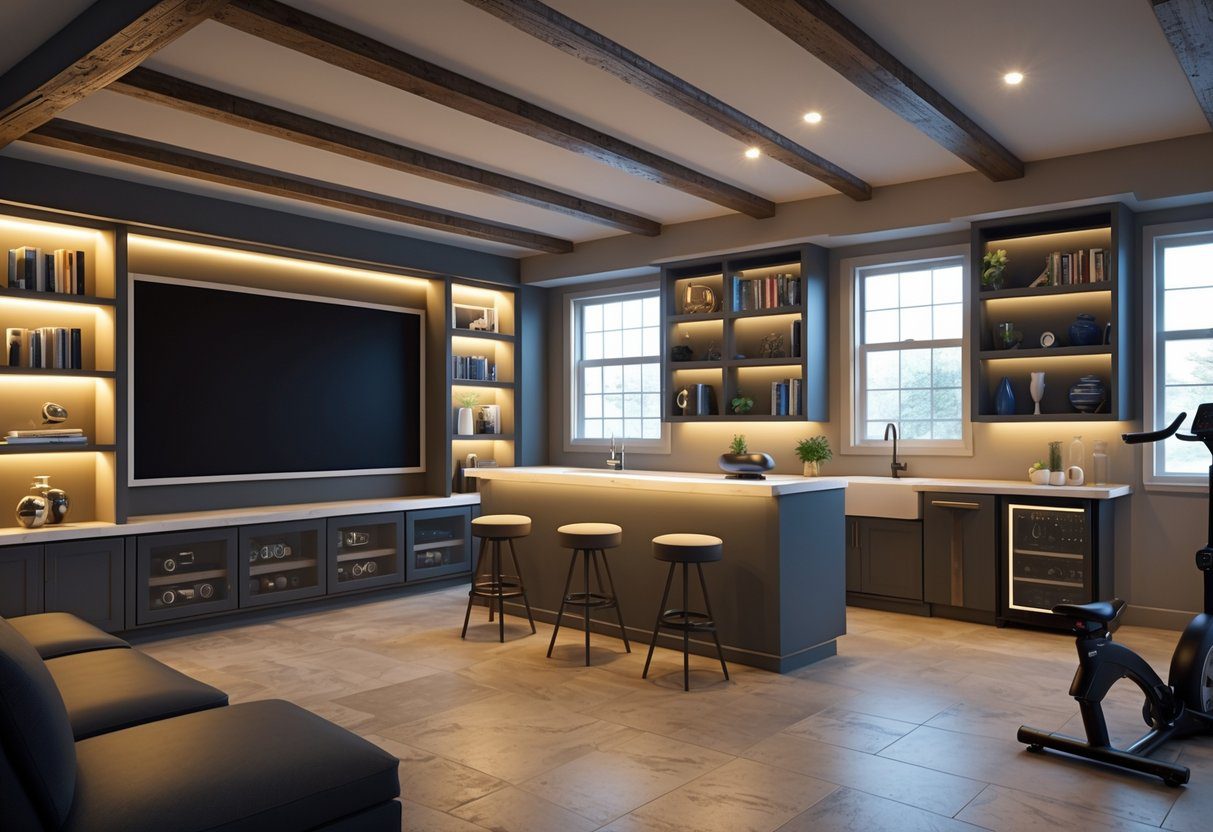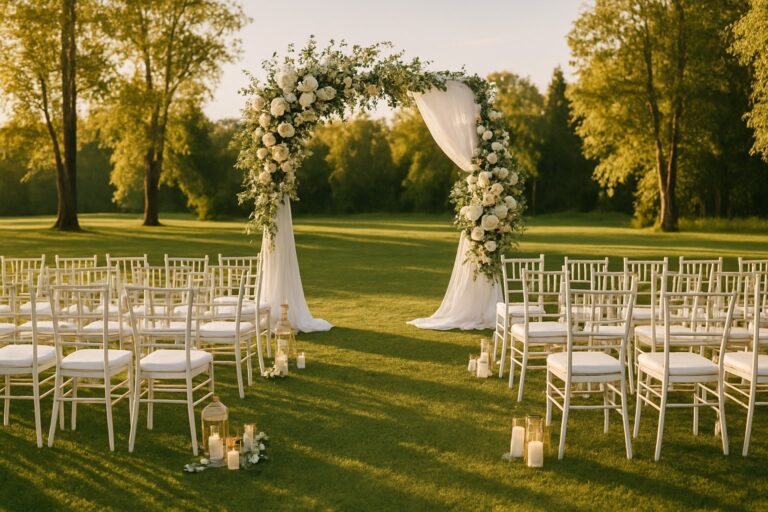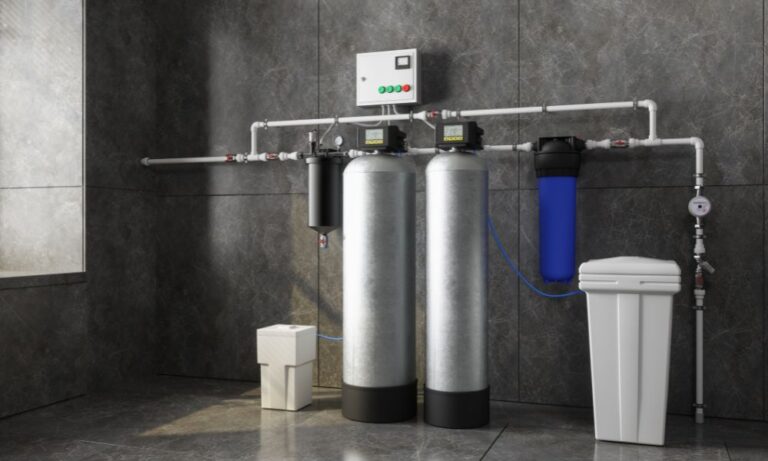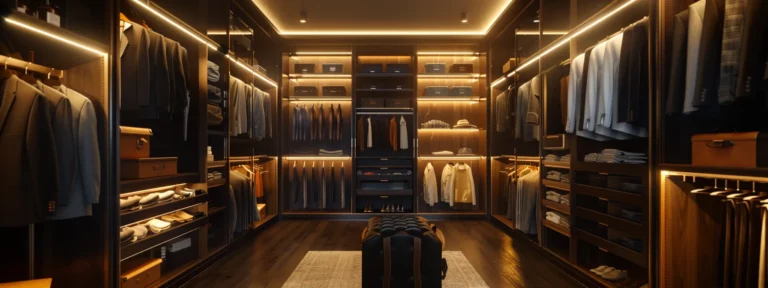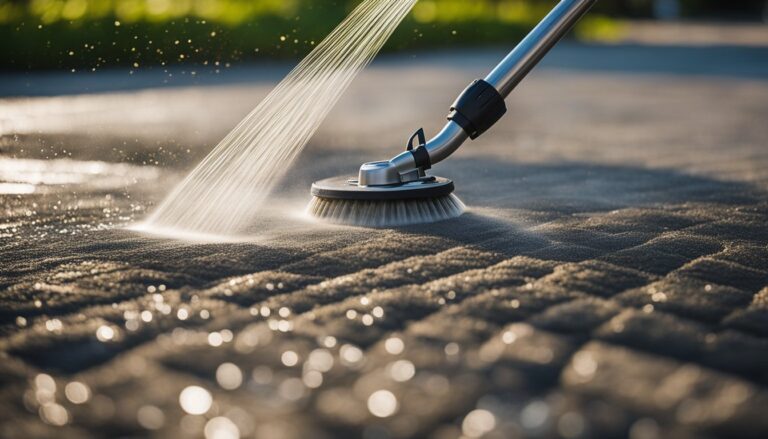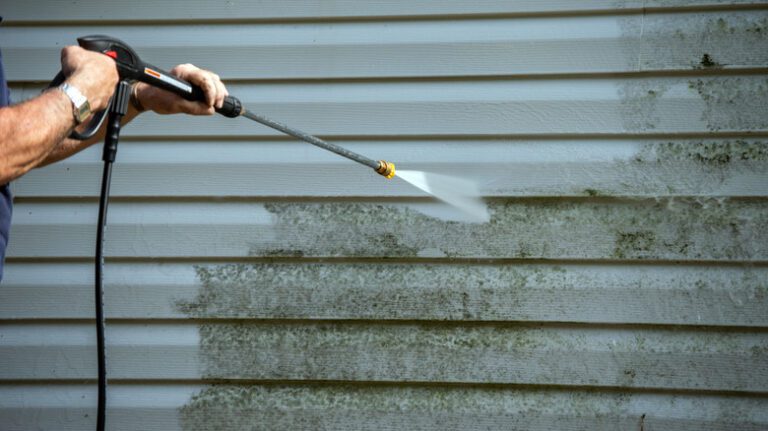Maximize Your Basement Renovation and Finishing
Contents
- 1 5 Ways to Maximize Your Basement Renovation for Ultimate Home Value and Functionality
- 2 1) Install built-in storage solutions like shelving and cabinets to maximize floor space
- 3 2) Use light, neutral paint colors to make the basement feel larger and brighter
- 4 3) Incorporate multifunctional furniture such as sofa beds or foldable tables
- 5 4) Add proper insulation and waterproofing to create a comfortable, dry environment
- 6 5) Designate zones for different activities like a home gym, office, or entertainment area
- 7 Key Design Considerations
- 8 Common Basement Renovation Challenges
- 9 Basement Finishing Company:
5 Ways to Maximize Your Basement Renovation for Ultimate Home Value and Functionality
Your basement probably holds way more potential than you realize. When you approach it right, this overlooked space can become one of the most useful—and honestly, enjoyable—rooms in your house.
Basement renovations or finishing your basement (if unfinished) can boost your home’s value by up to 70% and add much-needed square footage for your family. Maybe you want more storage, better lighting, or areas for specific activities—whatever your goals, smart planning matters.
When you get the basics right, you can turn your basement into a space that fits your lifestyle. Folks in Niagara Falls and even smaller towns like Dunnville are catching on to how much value a finished basement can add.
1) Install built-in storage solutions like shelving and cabinets to maximize floor space

Built-in storage makes a huge difference by using wall space instead of eating up your precious floor area. Built-in shelving maximizes vertical wall space that usually just sits empty.
You can squeeze out up to 40% more storage in the same spot compared to stand-alone shelves. Floor-to-ceiling units really take advantage of your basement’s height, keeping the walkways open.
Custom cabinets fit those weird corners and low ceilings that regular furniture just can’t handle. You can work around pipes and ducts, which is pretty important in basements around Smithville or anywhere else with older homes.
Built-in solutions can be tailored to exactly what you need. Deep shelves for bins? Shallow cabinets for cleaning stuff? Easy.
Wall-mounted shelves keep your things off the sometimes-damp basement floors. It’s easier to clean underneath and your stuff stays dry.
Plus, no more dust bunnies hiding behind awkward furniture. When storage is built in, the whole basement just feels cleaner and more open.
2) Use light, neutral paint colors to make the basement feel larger and brighter

Paint colors can totally change how big your basement feels. Light and neutral colors reflect more light and just make everything feel more open.
White and off-white are no-brainers. They bounce light everywhere and make the space feel way less closed in.
Soft grays and beiges are good too if you want a bit of warmth. Neutral shades help make the room welcoming, not just bigger.
Pale yellow brings in a bit of sunshine, which is nice in a space that doesn’t get much natural light.
Light blues and greens work surprisingly well. These pale colours keep things feeling fresh and open, which is great if your basement is half below ground like so many in the Niagara region.
Dark colors? They just shrink the space and soak up all the light. Not a good move in a basement.
Paint the ceilings light too, not just the walls. The whole space will feel more open and less like you’re in a cave.
3) Incorporate multifunctional furniture such as sofa beds or foldable tables

Multi-functional furniture lets you do more with less. It’s all about combining several uses into one piece—pretty clever.
Sofa beds are a classic for basement hangouts. They’re comfy for movie night but also pull out for guests when your cousin from Dunnville decides to crash over.
Storage ottomans double as seats and hiding spots for blankets or board games. You can move them around as needed.
Folding furniture is a lifesaver if you’re tight on space. Folding desks and tables can pop up for work or crafts, then stow away when you want the floor clear.
Murphy beds just vanish into the wall when you don’t need them. Suddenly, you’ve got room for yoga or the kids’ LEGO empire.
Modular seating lets you change things up for parties or quiet nights. Some even come with hidden storage, which is never a bad thing.
Coffee tables with lift-up tops hide remotes and magazines, and some have built-in chargers or even mini-fridges. That’s just smart for a basement rec room.
4) Add proper insulation and waterproofing to create a comfortable, dry environment

Basements can lose about 25 percent of your home’s total heat. That’s a lot, especially during those cold Southern Ontario winters.
You really have to tackle insulation and waterproofing together. If you skip one, you’ll regret it later—water and insulation don’t mix.
Always start by waterproofing the foundation. Fix cracks or leaks first, or you’ll just end up with soggy insulation and a musty smell.
Rigid foam insulation works great against foundation walls. It stands up to moisture better than most options, which is key if you live near the Welland Canal or anywhere else with a high water table.
Don’t forget a solid moisture barrier. It keeps water vapor out of your walls and stops mold before it starts.
Pay attention to both the walls and the floors when you insulate. Cold air sneaks in everywhere, especially during those long Niagara winters.
The right combo of moisture barrier and insulation saves you thousands in repairs. Plus, it just makes your basement a nicer place to hang out.
5) Designate zones for different activities like a home gym, office, or entertainment area

Dividing your basement into zones helps you get way more use out of the space. Each area has a purpose and doesn’t get in the way of the others.
Map out your basement and figure out what your family actually needs. Designating specific zones just makes everything more efficient.
For a home gym, pick a spot with good airflow and enough ceiling height. You’ll want at least 8 feet if you’re doing anything overhead. Cardio equipment near a window is a bonus for fresh air and daylight.
Set up your office in the quietest corner, away from the furnace or laundry noise. It’s easier to focus when you’re not hearing the sump pump every ten minutes.
Put the entertainment area in your biggest open space. That way, you’ve got room for couches, a TV, and maybe even a ping-pong table if you’re feeling ambitious.
Use rugs, furniture, or room dividers to mark out each zone. Flexible furniture like folding tables lets you switch things up for parties or projects.
Leave at least three feet between each area. You don’t want to trip over gym equipment on your way to the movie zone.
Key Design Considerations

Lighting and materials are the foundation of any good basement renovation. They make a huge difference in how your finished space looks and holds up over time.
Optimizing Natural and Artificial Lighting
Basements just don’t get enough light. It’s a constant battle against that dim, closed-in feeling.
Window wells help a lot by bringing in more daylight. Bigger egress windows are even better—more light and a safer exit, especially in older houses around Smithville or Niagara Falls.
Light paint on your walls and ceilings will bounce any light you have around. White or pale gray are usually the safest bets.
Recessed lighting gives you even brightness without lowering the ceiling. Keep fixtures about 4-6 feet apart for good coverage.
Track lighting is nice for highlighting artwork or workspaces. You can aim the lights wherever you want.
LED bulbs save energy and give off a steady, bright light. Daylight bulbs (5000K-6500K) come closest to real sunlight, which is always welcome underground.
Task lighting is a must in multi-use spaces. Under-cabinet strips work for bars, and table lamps make reading nooks cozier.
Try putting mirrors opposite your windows. They double the daylight and make even a small basement feel bigger.
Selecting Durable and Moisture-Resistant Materials
Basements can be tricky with humidity and water. Moisture control/waterproofing and material selection really decide how well your reno holds up.
Luxury vinyl plank (LVP) flooring handles moisture way better than hardwood. It looks like wood but won’t warp when the weather turns damp.
Ceramic and porcelain tiles are great for high-moisture spots. They’re easy to clean and don’t mind the odd puddle.
Skip the carpet unless you install a vapor barrier. Otherwise, you’re just asking for mold, especially in older basements near Lake Erie.
Metal studs don’t warp or get soggy like wood. They cost a bit more but last longer if your basement ever gets damp.
Closed-cell spray foam insulation acts as a solid moisture barrier. It keeps condensation out of your walls, which is a lifesaver in the Niagara climate.
Mold-resistant drywall swaps out paper for fiberglass, so mold doesn’t stand a chance—even when it’s humid.
Stainless steel hardware resists rust, which is a big deal if you’re anywhere near the river or lake. Use it for railings, lights, and cabinet handles.
Epoxy floor coatings seal concrete and add some style. They stand up to stains, water, and heavy foot traffic—pretty much anything you throw at them.
Common Basement Renovation Challenges

Moisture control and air circulation can really trip you up during basement renovations, especially in older homes around Niagara Falls or Smithville. If you ignore these problems, you might end up with mold, structural headaches, or just plain bad air.
Addressing Basement Waterproofing Issues
Water problems show up in about 60% of older basements. Before you even think about drywall or flooring, figure out where that moisture’s coming from.
Walk around and check for water stains on the walls and floors. If you spot white, chalky stuff (that’s called efflorescence) on the concrete, water’s definitely sneaking in.
If you want to try interior waterproofing, there are sealers and coatings you can roll right onto the basement walls. It usually costs somewhere between $3 and $9 per square foot, but honestly, this only helps with minor leaks.
Exterior waterproofing’s a bigger deal. Contractors dig up the ground around your foundation—think $15,000 to $30,000 if you’re in places like Dunnville or the Niagara region. Still, it’s the best bet if you want to keep water out for good.
If your basement sits below the water table, put in a sump pump system. Battery backups can save you during those classic Ontario power outages.
French drains are another trick—they channel water away from your place. You can run them inside or outside, wherever water tends to pool up.
Vapor barriers help too. Staple up some 6-mil plastic sheeting or use a specialty wall system to keep that dampness out of your finished space.
Ensuring Adequate Ventilation and Air Quality
Basements in Niagara Falls, Dunnville, or even Smithville tend to trap stale air and moisture if you don’t have a good ventilation system. Poor air circulation can lead to mold growth and structural problems.
If you’re planning to finish your basement, install exhaust fans that match your basement’s square footage. Use a rough guideline of one cubic foot per minute (CFM) for every square foot of space—it’s not rocket science, but it helps.
Extending your HVAC system into the basement brings in conditioned air from upstairs. This keeps temperature and humidity levels steady, even during those humid Southern Ontario summers.
Dehumidifiers are a must for most basements. A unit that handles 30-50 pints per day works for most homes in the region.
Return air vents stop your basement from turning into a dead air zone. Put them across from supply vents to keep the air moving properly.
Test for radon gas before you start finishing things off. If levels are above 4 picocuries per liter, you’ll need to put in a mitigation system—better safe than sorry.
Natural ventilation helps too. Window wells and egress windows let in fresh air and give you an emergency exit, as required by local building codes.
Basement Finishing Company:
Contact Stryker Construction in the Niagara Region to plan your basement renovation or finishing.

